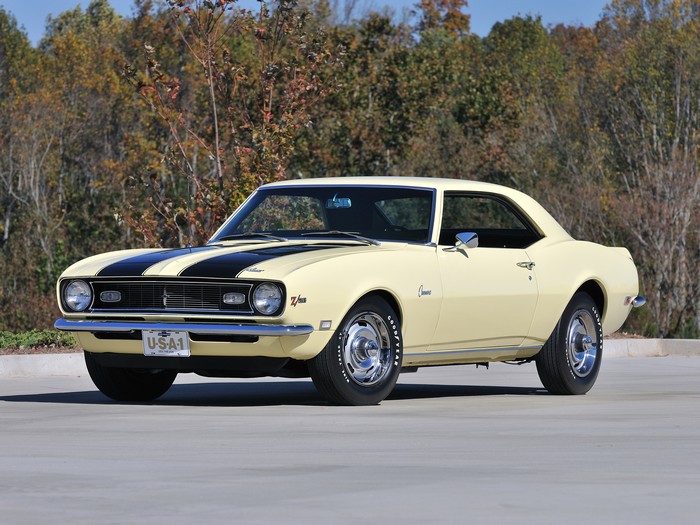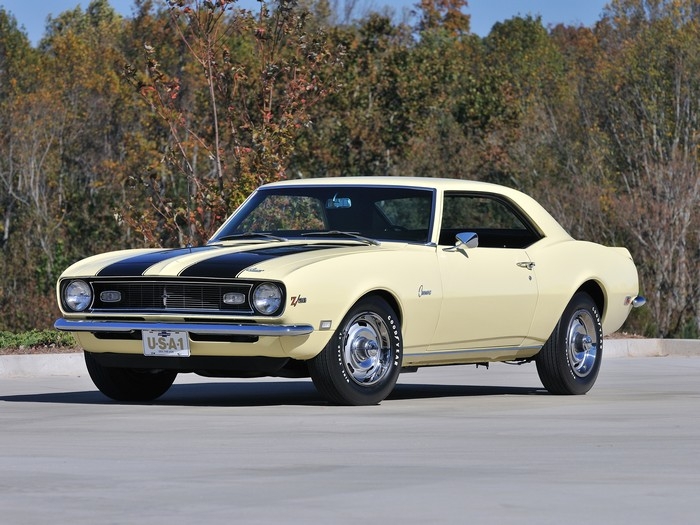
• Purchased from the original owner after being in storage for over 30 years
• No rust and never wrecked
• Original body panels
• Received correct and complete restoration
• All engine, transmission and rear end components are original and correct
• Original window sticker
• Original license plate
• Original Protect-O-Plate
• Owner’s manual

